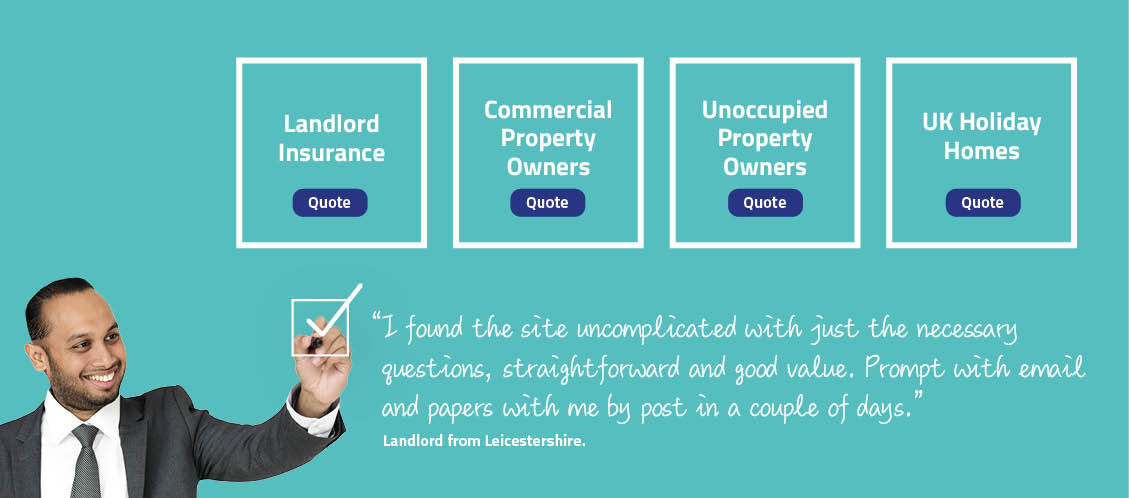If your property stands unoccupied for more than a specified number of consecutive days, your buildings and contents insurance could be at risk.
Here, Cover4LetProperty will highlight the issue and options to resolve it.
The background
Insurance providers look to understand the risks they are covering when they offer you a policy.
Should the risks they are covering change, they also typically require the opportunity to reconsider the suitability of the existing policy. If the risks change sufficiently, they will reserve the right to state that the existing policy can no longer apply and that something more suitable needs to be put in place.
This basic principle applies to all insurance – including property cover.
If your property moves into what is called “unoccupied status”, the risks associated with it will typically change sufficiently to justify the insurance provider requiring a different form of cover to be put into place.
If you fail to notify them that such a change has taken place and subsequently make a claim against the original policy, your claim may be refused.
Why risks change
When a property is unoccupied, there is typically going to be a significantly higher risk of things such as burglary and vandalism as well as relatively minor problems (e.g. a leaking pipe) going unnoticed and as a result, turning into very major problems.
Reasonableness
Of course, insurance providers understand that a property cannot be occupied 24X7.
That is why both owner-occupier and landlord insurance policies will usually make some allowances for insurance cover to continue when the property is unoccupied for shorter durations. Those shorter durations normally include situations such as holidays, tenant changeovers, business trips and so on.
While this is reasonable and reflects real life, policy providers typically restrict the unoccupied cover included in a standard property policy to a specified maximum number of consecutive days. That figure is usually somewhere in the range of 30-45 days.
Once a property stands unoccupied for longer than that specified number of consecutive days, it will become formally classified as “unoccupied” and will require specific unoccupied property cover going forward if continuity of protection is required.
Landlords and owner-occupiers
This basic reality of property insurance will apply in the vast majority of cases, irrespective of whether the policy concerned is for an owner-occupier or a landlord.
Control
It is extremely important to note that the reason your property has become unoccupied will typically not be a consideration.
It doesn’t matter whether you have experienced delays in finding new tenants or as an owner-occupier, you have been detained unexpectedly overseas on an extended business trip. In both cases, you will typically need unoccupied property cover in order to protect your interests going forward.
A specific point for landlords to note is that even in situations where tenants are continuing to pay rent as normal, if they have left the property unoccupied whilst they are taking (e.g.) an extended holiday or lengthy business trip, the same basic conditions will apply.
The basic principle here is that whether or not the circumstances were under your control, the unoccupied property clause will typically apply.
Paying attention
It is important that this issue is given the widest possible consideration by property owners.
The unoccupied property cover clause is commonplace in most insurance policies and therefore action will need to be taken in situations where your property seems likely to pass that maximum number of consecutive days without occupants, as permitted by your policy.







